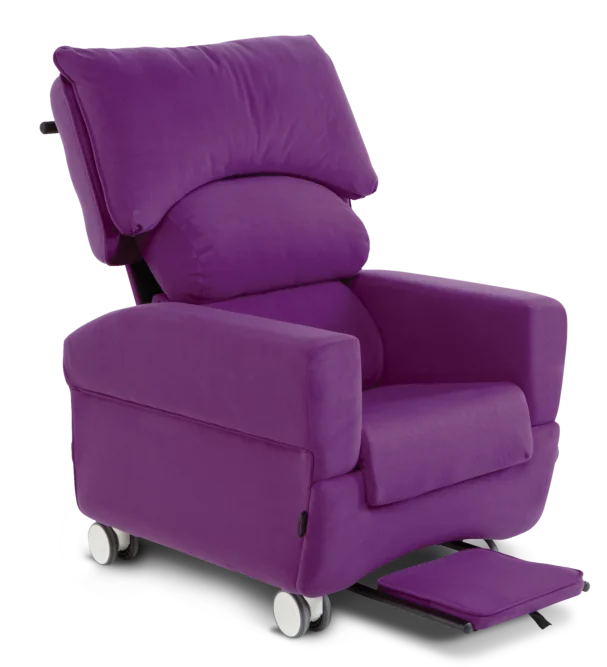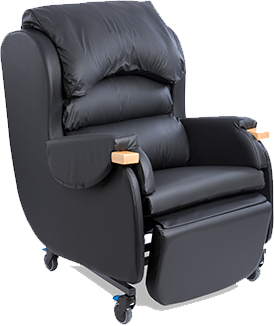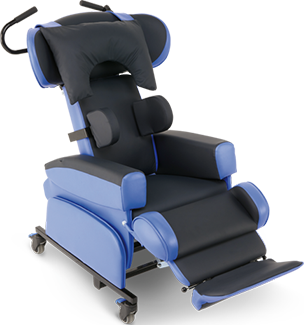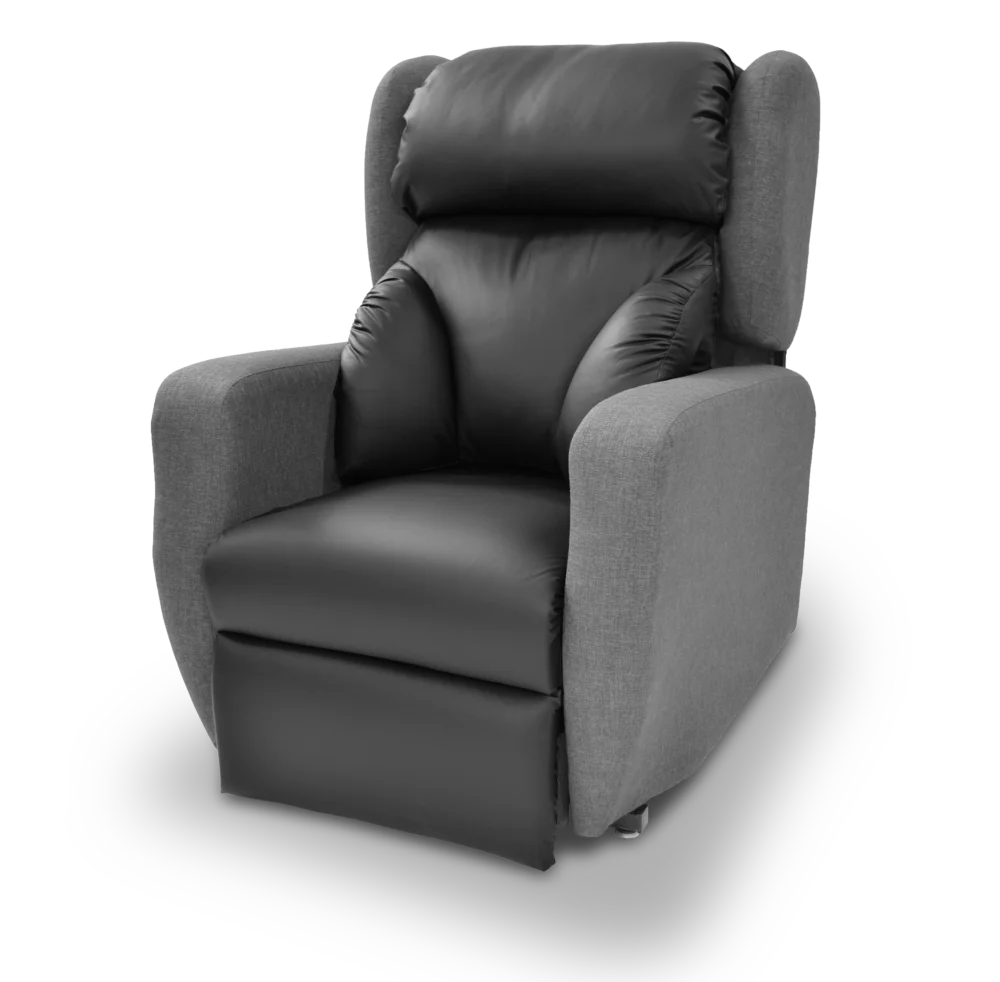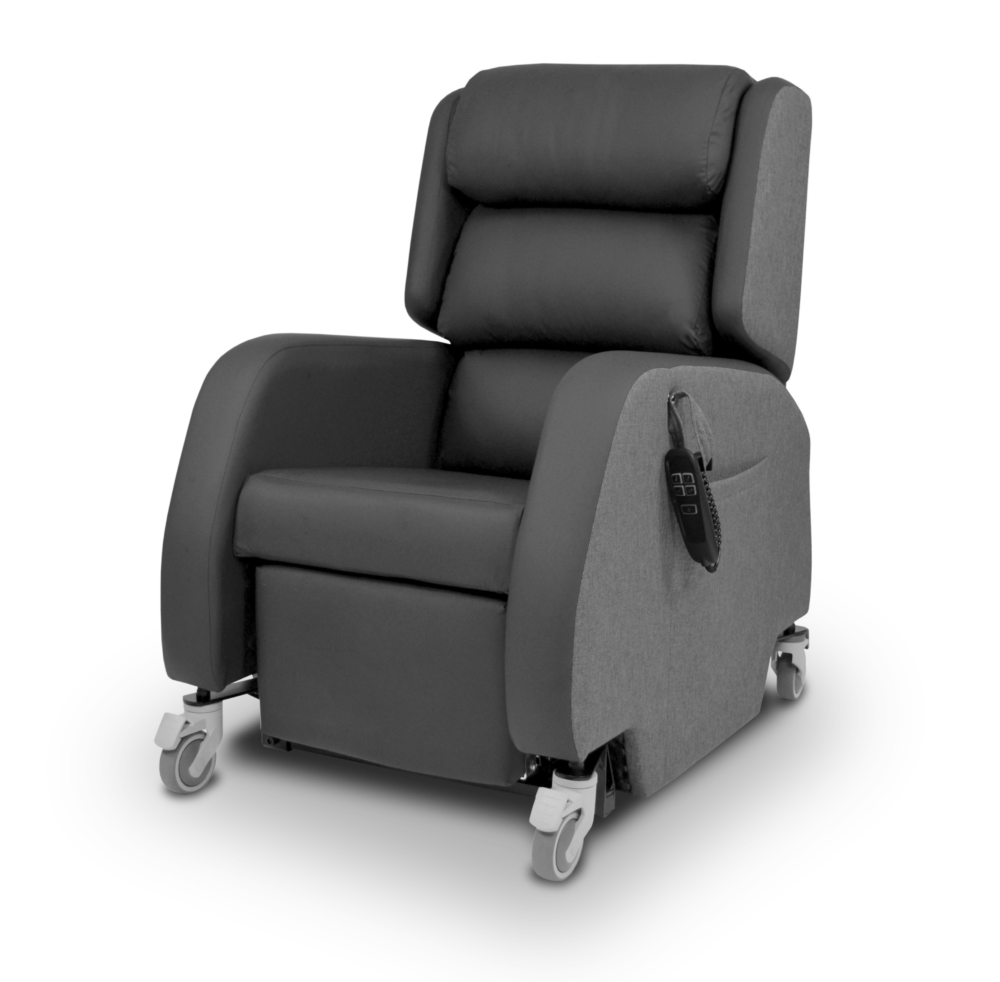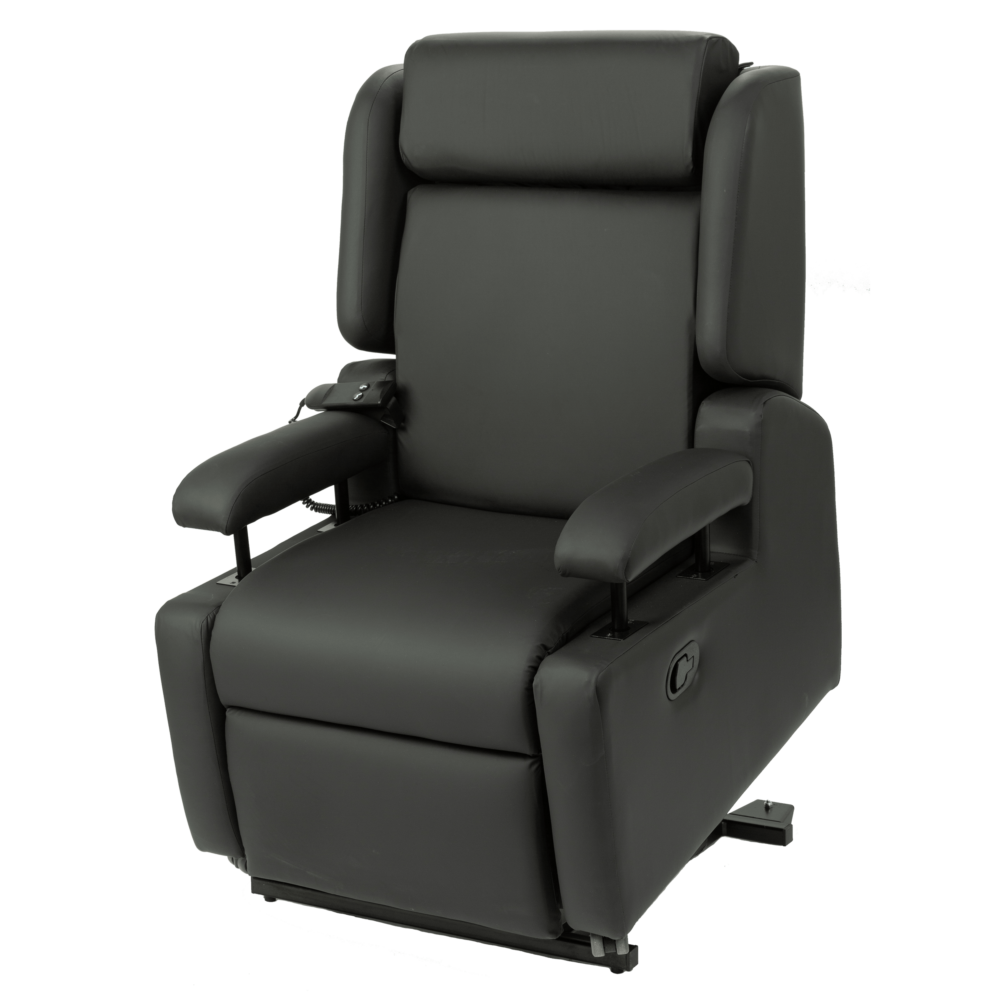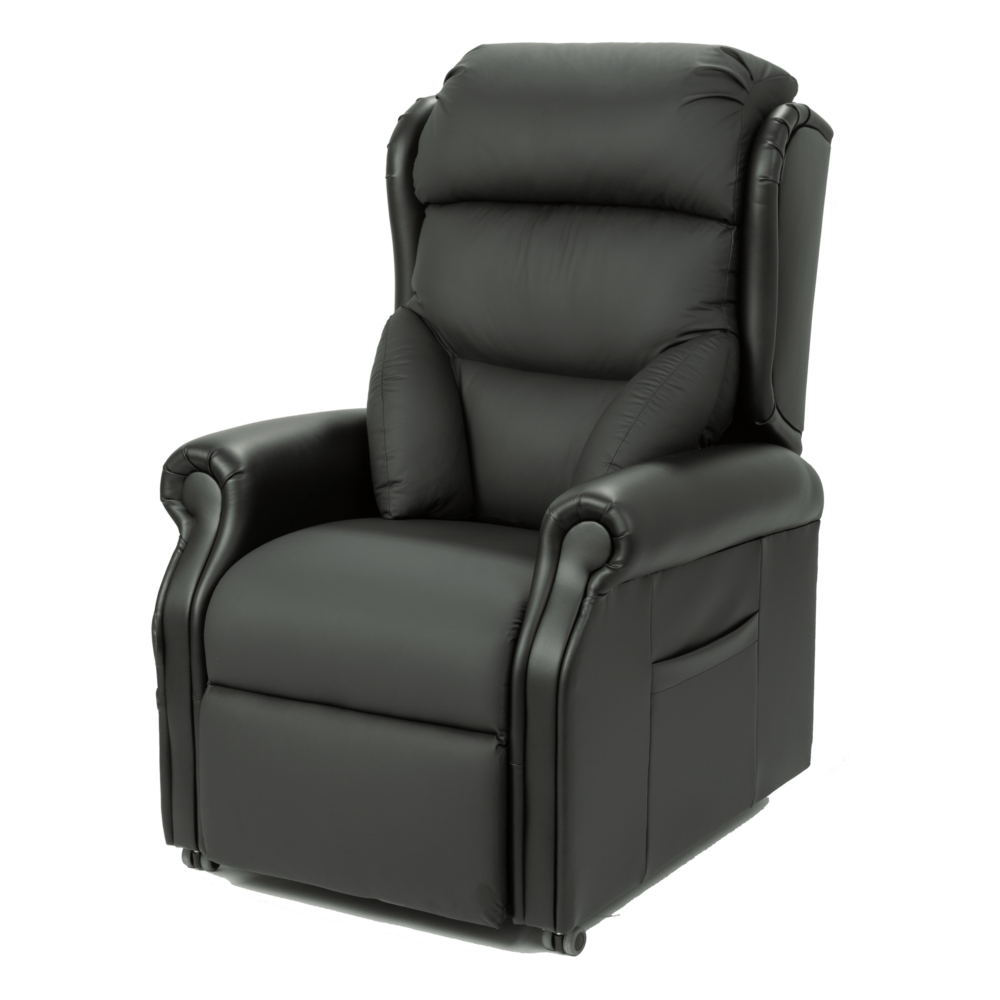What is Evidence Based Practice?
Evidence based practice, or EBP, has developed over the years from the term evidence based medicine that first appeared in medical literature in 19911:
“The conscientious, explicit, and judicious use of current best evidence in making decisions about the care of individual patients2”
In 2005, the Sicily statement on evidence based practice was published, by an international working group, which introduced the term EBP:
“EBP requires that decisions about health care are based on the best available, current, valid and relevant evidence. These decisions should be made by those receiving care, informed by the tacit and explicit knowledge of those providing care, within the context of available resources3”
This implies that EBP requires the collaboration of best evidence, client involvement and clinical judgement:

But what is best evidence? Well, this depends entirely on the question that you need to answer or the decision that you are making!
Evidence can be described as the available body of facts, information or data on which to base a clinical decision. The evidence may be generated from any type of research study utilising any type of methodology. It can also be derived from clinical opinion, client or public views, service audit or datasets.
Best evidence should be of high quality, based on your critical appraisal. The evidence should also be relevant to your client and/or client group. There are a number of tools available that can help busy clinicians find the most likely best evidence; one of these tools, which many find to be useful, is the OCEBM Levels of Evidence Working Group’s The Oxford 2011 Levels of Evidence available from http://www.cebm.net/index.aspx?o=5653. At the very start of the working group’s Introductory Document, it states:
“No evidence ranking system or decision tool can be used without a healthy dose of judgment and thought”
The Oxford 2011 Levels of Evidence is not intended to provide you with a definitive judgment about the quality of evidence. There will inevitably be cases where ’lower level’ evidence – such as from an observational study with a dramatic effect – will provide stronger evidence than a ‘higher level’ study – such as a systematic review of a few studies leading to an inconclusive result5. EBP isn’t just about finding and using randomised controlled trials (RCT) to define our practice as clinicians!
It is important to understand that EBP6:
- Does not remove our responsibility for exercising clinical judgement
- Neither undermines our professional autonomy, nor our clients’ independence in making decisions about the care that they receive
- Does not imply that only certain types of research evidence counts; of key importance is our critical engagement with the best available evidence, and our commitment to keeping up-to-date with the evidence
Key messages:
- Best evidence has to be used in conjunction with client involvement and clinical judgement
- Best evidence should be of high quality and applicable to your client and/or client group
- ‘Lower level’ evidence can sometimes provide stronger evidence than a ‘higher level’ study; this decision will be based on your critical appraisal
- It is all about engaging with the best available evidence.
As mentioned, a vital aspect of EBP is actually keeping up-to-date with the best evidence. There are three main ways that you can achieve this7:
- Individual EBP – research searches, journal alerts, website alerts, news alerts
- Electronic networking – blogs, interactive websites (CSP, RCOT, RCN), webinars
- Face to face networking – conferences, CPD events, peer review
Keep a look out for our weekly blogs, or sign up to one of our CPD events across the county, to ensure you are keeping up-to-date! Next week, I will be looking at critical appraisal and sharing with you some tools that can help you judge the quality and value of the evidence you find.
Please do not hesitate to contact me via email: rebecca.dunstall@careflex.co.uk or telephone: 07764 327300 if you have any questions.
References:
- Guyatt G (1991) Evidence-based medicine American College of Physicians Journal Club 114(2):A16
- Sackett DL, Rosenberg WM, Gray JA, Haynes RB, Richardson WS (1996) Evidence based medicine: what it is and what it isn’t BMJ 312:71-2
- Dawes M, Summerskill W, Glasziou P, Cartabellotta A, Martin J, Hopayian K, Porzsolt F, Burls A, Osborne J (2005) Sicily statement on evidence-based practice BMC Medical Education 5(1):1-7
- Chartered Society of Physiotherapy (2017) What is evidence based practice? Available from: http://www.csp.org.uk/professional-union/practice/evidence-base/evidence-based-practice/what-evidence-based-practice
- Howick J, Chalmers I, Glasziou P, Greenhalgh T, Heneghan C, Liberati A, Moschetti I, Phillips B, Thornton H (2011) “The 2011 Oxford CEBM Evidence Levels of Evidence (Introductory Document)” Oxford Centre for Evidence-Based Medicine Available from: http://www.cebm.net/index.aspx?o=5653
- Chartered Society of Physiotherapy (2014) CSP position statement: Evidence-based practice in UK physiotherapy
- Chartered Society of Physiotherapy (2017) Why are you looking for evidence? Available from: http://www.csp.org.uk/professional-union/practice/evidence-base/evidence-based-practice/why-are-you-looking-evidence

